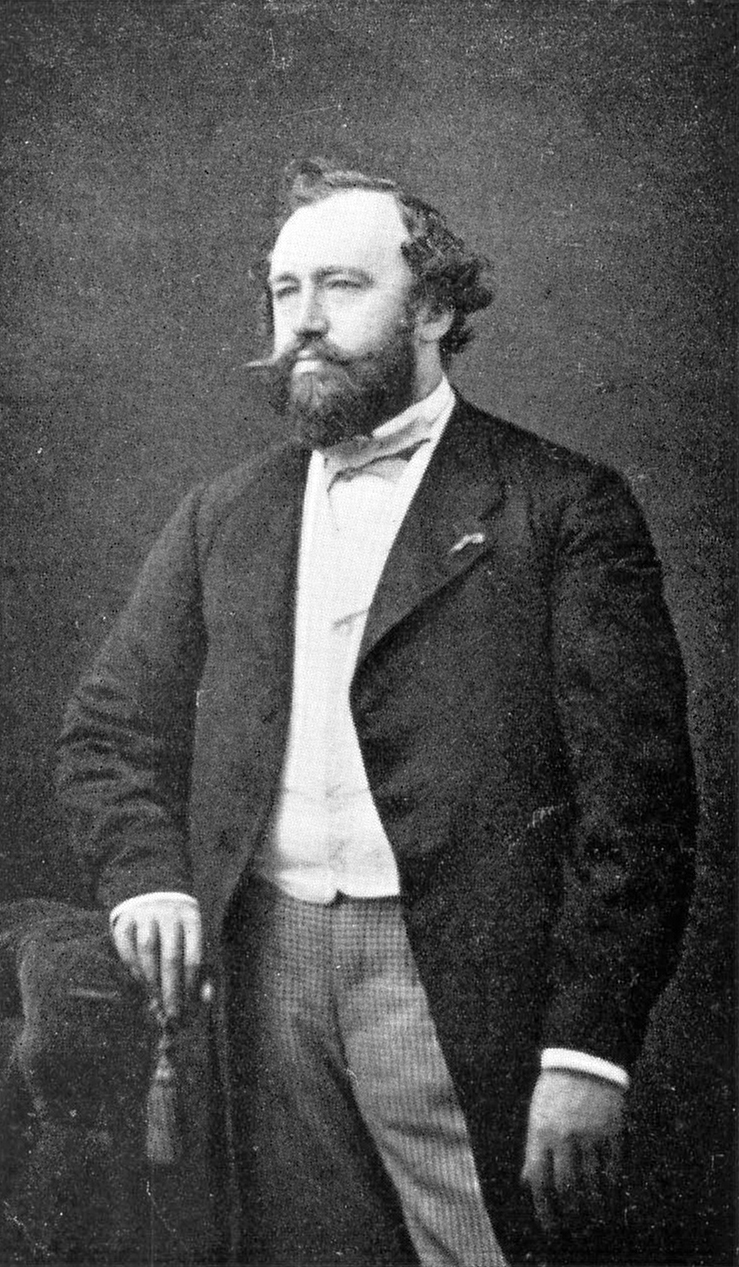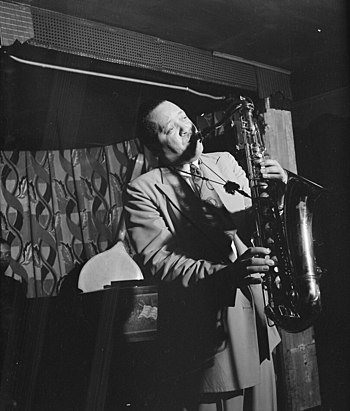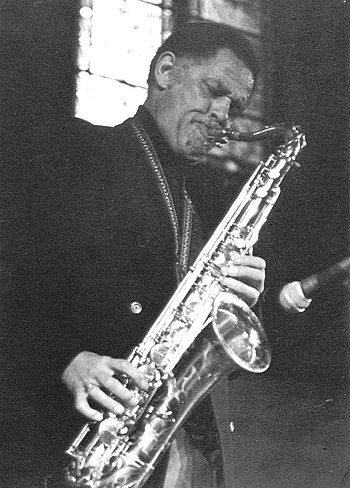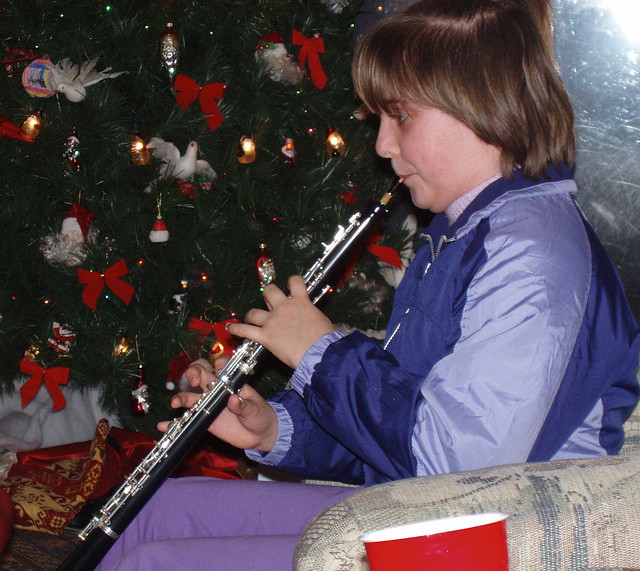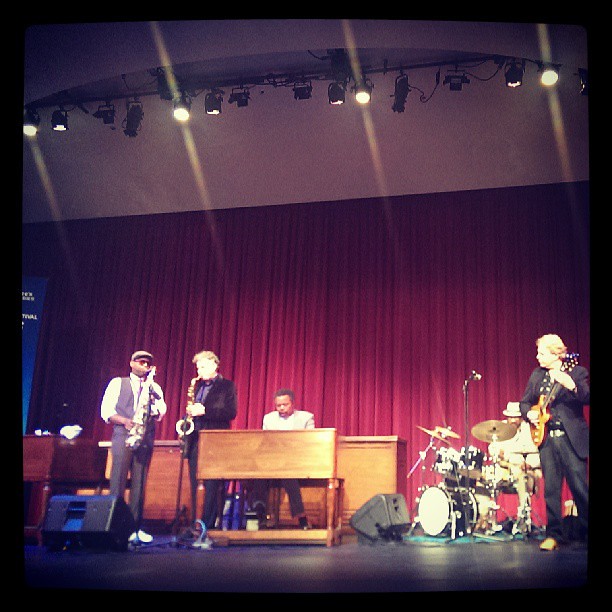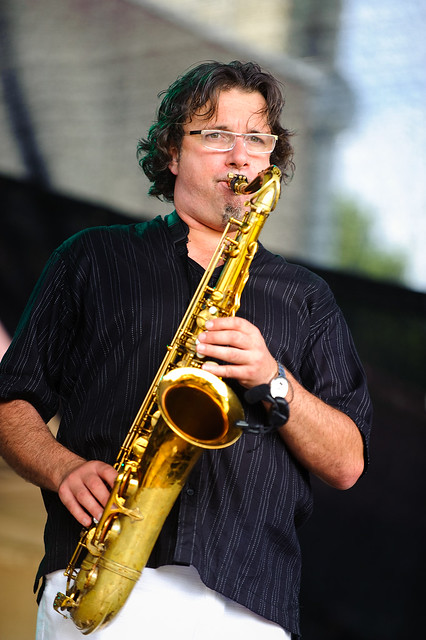
|
|
A portrait of John Coltrane by Paolo Steffan 2007. (Photo credit: Wikipedia) |
One of the undisputed giants of the tenor saxophone was
John Coltrane. His total dedication to the mastery of his instrument of choice and his
immense, innate talent made him a formidable force in the world of jazz during
the '50s and 60's. It has been rumored that he would spend 12 hours practicing
just one scale until he exhausted all possibilities with it and that 24-hour
practice sessions were not uncommon.
Brotherly Love
John Coltrane was born in Hamlet, North Carolina into a family life full of
music. After graduating from high school in 1943 he moved to Philadelphia
where he enrolled in the Ornstein School of Music where he was known for his
unrelenting work ethic. In 1945 Coltrane was called to military service by
Uncle Sam where he performed with the US Navy Band.
With his military obligations fulfilled Coltrane returned to Philadelphia
where he played with jazz greats such as Jimmy Heath, Benny Golson, and Ray
Bryant. In 1948 Coltrane played tenor saxophone with Eddie 'Cleanhead" Vinson
followed by a stint as alto saxophonist with the
Dizzy Gillespie Big Band.
Kind Of Blue
In 1958 Coltrane joined the Miles Davis Quintet where according to him he was
given "plenty of freedom" to explore his evolving approach to jazz
improvisation. As a member of this group, he participated in the recording of
what is to be considered one of the greatest jazz albums of all time,
Kind of Blue by Miles Davis. Trane, as he came to be known, along
with alto saxophonist Cannonball Adderly laid down some of the best jazz
saxophone solos ever heard and still studied today by up and coming jazz
musicians.
Giant Steps
John Coltrane left Miles Davis and started his own quartet in 1960. However,
during his time with Miles, he managed to record his own legendary jazz album
called Giant Steps. The title tune became known as a groundbreaking
jazz composition because of the new harmonic progression employed by Coltrane.
The complex chord progression, later to be known as 'Coltrane changes", and
the fast tempo made the song a difficult task even for serious jazz musicians.
The Trane Stops Running
John Coltrane died from liver cancer before his 41st birthday. One can only
imagine what can of music Trane would have made had he'd been able to play
another 40 years much like his contemporary Sonny Rollins has managed to do.
His horn has been silent for many years now, but the music he left us with is
thriving and continues to have a major impact on the world of jazz.
|

